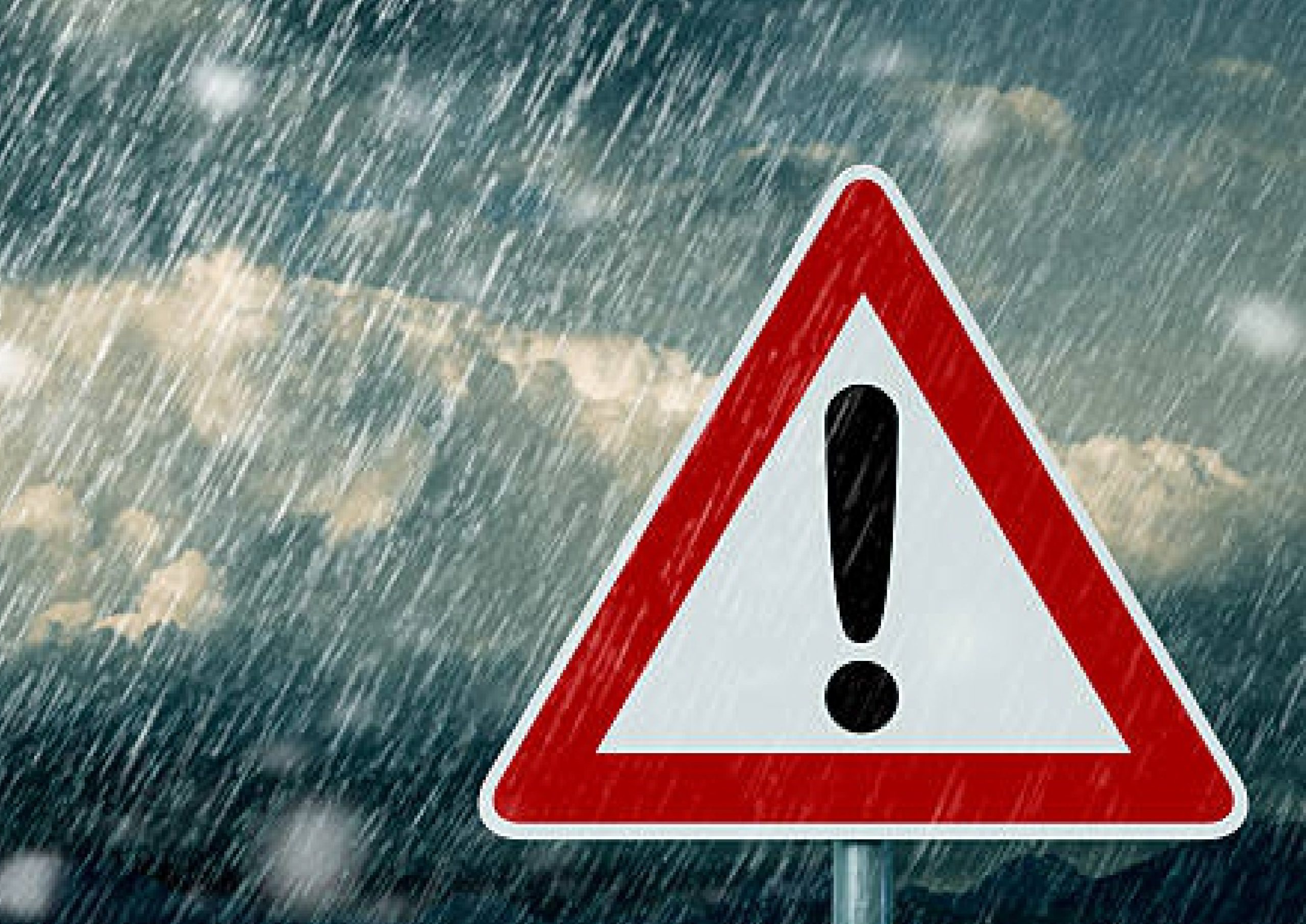Introduction
The Storm Warning affecting Gauteng, Mpumalanga, and Limpopo has once again highlighted South Africa’s vulnerability to intense thunderstorms. Heavy rain, dangerous lightning, and widespread flooding concerns have put residents and authorities on edge. After a weekend of disruptive weather, today’s alerts keep disaster teams on standby and communities on watch. While each storm system eventually passes, the impacts can linger in damaged homes, weakened roads, and emotional stress. These repeated events offer important lessons about how individuals, communities, and institutions can better prepare for severe weather.
Storm Warning and the Reality of Urban Flooding
Under a Storm Warning, urban flooding becomes a central concern, particularly in Gauteng’s major metros. Rapid development has increased paved surfaces, reducing the land’s natural ability to absorb water. When heavy rain falls in a short time, water quickly collects on roads, in parking areas, and around buildings. Blocked drains, litter, and poor maintenance make the problem worse. Flooded underpasses and intersections create hazards for drivers and pedestrians. The lesson is clear: maintaining drainage systems and avoiding littering are not just aesthetic issues but matters of safety.
Storm Warning and Rural Infrastructure Challenges
In rural parts of Mpumalanga and Limpopo, a Storm Warning exposes weak points in basic infrastructure. Gravel roads become muddy and difficult to navigate, especially for emergency vehicles. Simple river crossings may be washed away or become too dangerous to use. Clinics, schools, and small businesses can be cut off from towns and supply routes. These disruptions show the need for long-term investment in resilient infrastructure, including better bridges, all-weather roads, and improved drainage. While such projects take time and resources, each storm underscores their urgency.
Storm Warning and Community Solidarity
One of the positive responses to a Storm Warning is the way communities often pull together. Neighbours help each other secure roofs, clear drains, and move vulnerable residents out of harm’s way. Local volunteers may work with authorities to distribute sandbags or assist in temporary shelters. This solidarity can significantly reduce the impact of severe weather, especially in areas where official response capacity is stretched. Strengthening local networks and encouraging volunteer groups means that when the next storm arrives, support structures are already in place.
Storm Warning and Mental Health Considerations
Repeated Storm Warning events and the damage they cause can take a toll on mental health. Worry about flooding, loss of property, or disruptions to work and school can create ongoing stress. For those who have already experienced serious flood damage, each new alert may trigger anxiety. Community leaders and health professionals urge residents to take mental well-being seriously, talk about their experiences, and seek support if feelings of fear or helplessness persist. Simple actions such as staying connected to family and friends, following reliable information, and having a basic plan can help reduce anxiety.
Storm Warning and the Role of Schools and Children
Schools play a key part in responding to a Storm Warning and teaching future generations about safety. Teachers can use active warnings as real-time lessons, explaining what causes storms and why certain actions are recommended. Children can learn to avoid playing near rivers, storm drains, or large trees during bad weather. Schools can also review evacuation procedures and communicate clearly with parents about early closures or adjusted schedules. Educating learners today builds a more weather-aware population for tomorrow.
Storm Warning, Technology, and Early Alerts
Technology is an increasingly important tool for managing a Storm Warning. Weather apps, SMS alerts, and social media updates allow information to spread quickly. Residents can track rain radar, receive push notifications, and share local conditions with friends and family. However, technology also carries the risk of misinformation. People are encouraged to follow verified accounts from the South African Weather Service and local authorities. Combining high-tech tools with traditional methods, like radio broadcasts and community meetings, ensures that warnings reach as many people as possible, including those with limited digital access.
Storm Warning and Building Long-Term Resilience
Every Storm Warning is a reminder that long-term resilience is as important as short-term response. Resilience means building homes that can better withstand storms, planning settlements away from floodplains, and designing roads that can handle repeated heavy rainfall. It also means strengthening social systems, from disaster relief funds to community support networks. Government, private sector, and civil society all have roles to play, whether through policy, investment, or education. The aim is not to avoid storms—because that is impossible—but to ensure that communities recover faster and suffer less with each event.
Storm Warning as a Signal for Climate Adaptation
The frequency and intensity of Storm Warning events encourage deeper reflection on climate adaptation. While weather naturally varies from year to year, scientists warn that heavier rainfall events are likely to become more common in a warming climate. This reality requires countries like South Africa to plan ahead. Adaptation strategies might include upgraded infrastructure, climate-smart farming, improved land-use planning, and stronger early-warning systems. Integrating climate thinking into everyday planning helps ensure that progress in housing, transport, and energy is not repeatedly undone by extreme weather.
FAQs
Why do Storm Warning alerts repeat across the same provinces?
A Storm Warning may repeatedly affect Gauteng, Mpumalanga, and Limpopo because seasonal patterns and geography favour thunderstorm development in these regions.
How can communities support each other during a Storm Warning?
During a Storm Warning, communities can share information, assist vulnerable neighbours, help clear drains, and support local disaster relief efforts.
Does a Storm Warning always mean flooding will occur?
A Storm Warning signals a high risk of severe weather and possible flooding, but actual impacts depend on rainfall intensity, drainage, and local conditions.
Conclusion
The current Storm Warning once again places Gauteng, Mpumalanga, and Limpopo under pressure, but it also offers lessons in resilience and solidarity. By improving infrastructure, strengthening community support, and planning for a changing climate, South Africans can face severe storms with greater confidence. Preparedness, informed action, and shared responsibility remain the most effective ways to weather whatever comes next.




